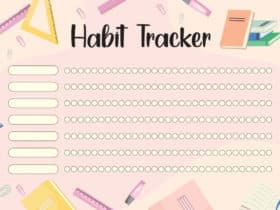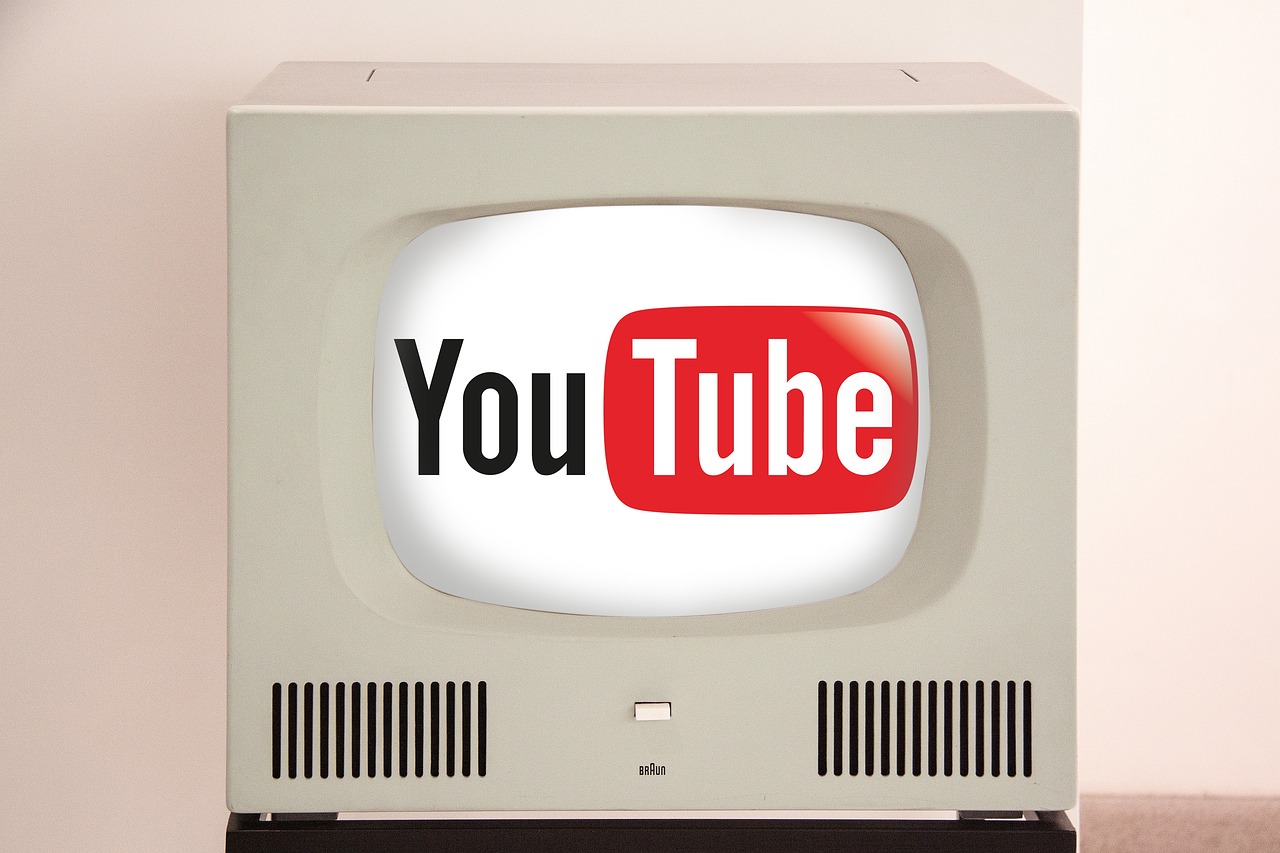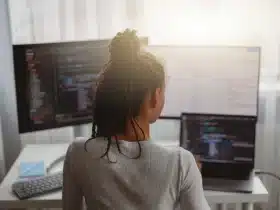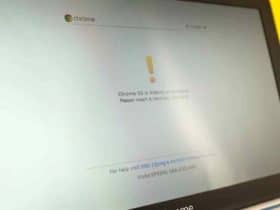The world of YouTube exists beyond just creating and viewing content, there’s a complex algorithm operating behind the scenes that dictates the success of videos and channels. The algorithm has a direct impact on what videos are recommended and how they are ranked on the platform. In this article, we’ll take a close look at an interesting question: does making a video private then public affect the YouTube algorithm? To do this, we’ll examine the workings of the YouTube algorithm, the nature of video privacy settings, and the possible implications of changing these settings.
Understanding YouTube Algorithm
Before we can dive into the specifics, it’s essential to gain a basic understanding of the YouTube algorithm. It’s a powerful software designed by YouTube to sort and rank the millions of videos on the platform. The purpose of the algorithm is to present viewers with the videos they are most likely to want to watch based on their past viewing behavior.
The algorithm is not just important, it’s pivotal to the success of any YouTube channel. It determines which videos get recommended to viewers, and thereby, influences the number of views, likes, comments, and ultimately, the revenue a video generates.
The YouTube algorithm is a complex machine that takes into account various factors, including the video’s metadata (title, description, and tags), viewer interaction (likes, comments, shares), watch time, and more.

Changes in Video Privacy Settings
YouTube provides creators with different video privacy settings, namely public, unlisted, and private. When a video is public, it can be viewed by anyone, discovered easily through search, and appears on the channel page. An unlisted video won’t show up in search results or on the channel page but can be viewed by anyone with the link.
A private video, on the other hand, is only viewable by the uploader and the users they specifically choose. When a video is made private, it disappears from the public eye completely. Subsequently making a private video public again makes it available to all users.
Influence of Privacy Settings on YouTube Algorithm
While the specifics of how YouTube’s indexing system works aren’t public knowledge, there are several hypotheses about the impact of making a video private then public. Some suggest that doing so might cause the video to lose its original upload date, and thus any ranking it had achieved with the YouTube algorithm.
However, there seems to be a lack of hard evidence to support these hypotheses. YouTube has not disclosed detailed information about how making a video private and then public affects the algorithm.
Testing the Theory
To identify the effect of privacy changes on the YouTube algorithm, one could conduct a controlled experiment. This could involve uploading two similar videos, keeping one public and the other private, then making the private video public at a later date. The video analytics could then be analyzed to assess changes in views, engagement, and other critical metrics.
Predicted findings could be varied. If the hypothesis is correct, the video which was initially private may struggle to gain the same momentum as the one that remained public.
Does Making a Video Private Then Public Affect Youtube Algorithm
Adjusting the visibility of a YouTube video from public to private and then back to public again is not a decision to be taken lightly, as it can influence various aspects of the video’s performance on the platform. When a video is set to private, it immediately halts any momentum the video might have been gaining since viewers are unable to access it during that period.
Viewer Engagement Implications
The interruption in video views is just one part of the equation. A significant part of YouTube’s platform involves user interaction, and when a video is switched to private, all forms of viewer engagement are effectively paused. This includes crucial interactions such as comments, likes, and shares, all of which play a vital role in how the YouTube algorithm judges and ranks content. When these metrics are abruptly halted, it could send signals to the algorithm that viewers are no longer interacting with the content, which may negatively impact the video’s ability to rank well and be recommended to new viewers once it is set to public again.
Moreover, this kind of visibility toggling can create a disjointed viewer experience. Subscribers who might have been eager to engage with the video can become confused or frustrated if they find the content is suddenly inaccessible, only to reappear later without explanation.

Algorithmic Ranking Factors
YouTube’s algorithm is sophisticated and takes into account a wide array of signals when deciding how to rank and recommend videos. A sudden disappearance and reappearance of a video might be construed by the algorithm as a disruption in user interest or content stability, potentially leading to a recalibration of how the video is perceived by the system.
Trust and Subscriber Relations
Beyond algorithmic considerations, there is also the matter of viewer perception and subscriber satisfaction. Frequent changes to video availability can undermine the trust that creators have built with their audience. Subscribers expect consistency and reliability from the channels they follow, and erratic changes to content availability might lead to a sense of uncertainty and dissatisfaction. This dissatisfaction could eventually manifest as a decline in subscriber numbers, as viewers may choose to unfollow channels that do not provide a steady and dependable content experience.
Expert Opinions and Experiences
There is a wealth of knowledge and insight to be gained from those with a significant presence on YouTube. Many seasoned content creators and industry experts strongly suggest that videos should remain public once posted, except in unavoidable situations.
For example, Derral Eves, a recognized authority on YouTube strategies, explicitly warns creators about the repercussions of making videos private for the purpose of rectifying errors. He, along with other experts, suggests that it is better to leave the video public, if possible, and make corrections via pinned comments or in the video description.
In line with these expert views, the guidance provided by YouTube’s Creator Academy echoes the sentiment of maintaining a steady and predictable release schedule. The Academy’s resources emphasize the importance of consistency in content posting, which serves to foster an environment of trust and expectation between the creator and their audience. While the Creator Academy does not speak directly to the issue of toggling video visibility, its principles can be applied to understand why maintaining public access to videos is generally the preferred practice for optimal channel growth and viewer engagement.
Conclusion
To sum up, while there isn’t concrete information available on how making a video private then public impacts the YouTube algorithm, it is generally considered a risky move. It can disrupt video views, engagement, and even potentially harm rankings with the YouTube algorithm.
Like many things in life, success on YouTube seems to rest on consistency – consistent content, consistent engagement, and consistent availability. As such, it’s probably best to avoid switching between private and public unless absolutely necessary. For those who are curious about the effect of such a change, conducting a controlled experiment may provide individual data relevant for your channel.

















